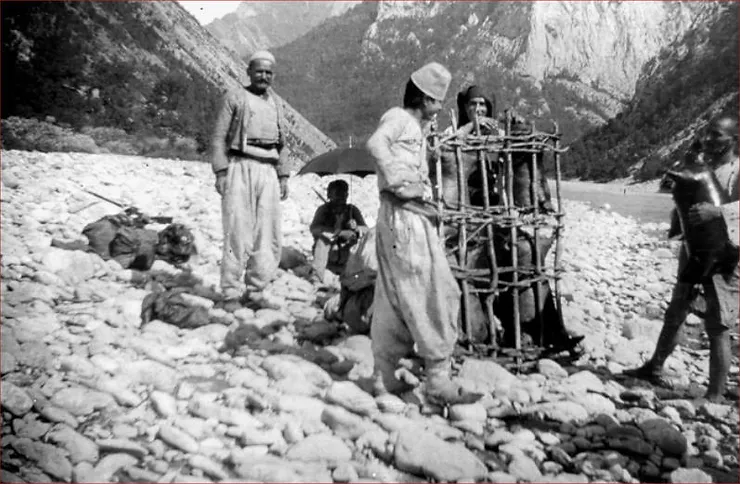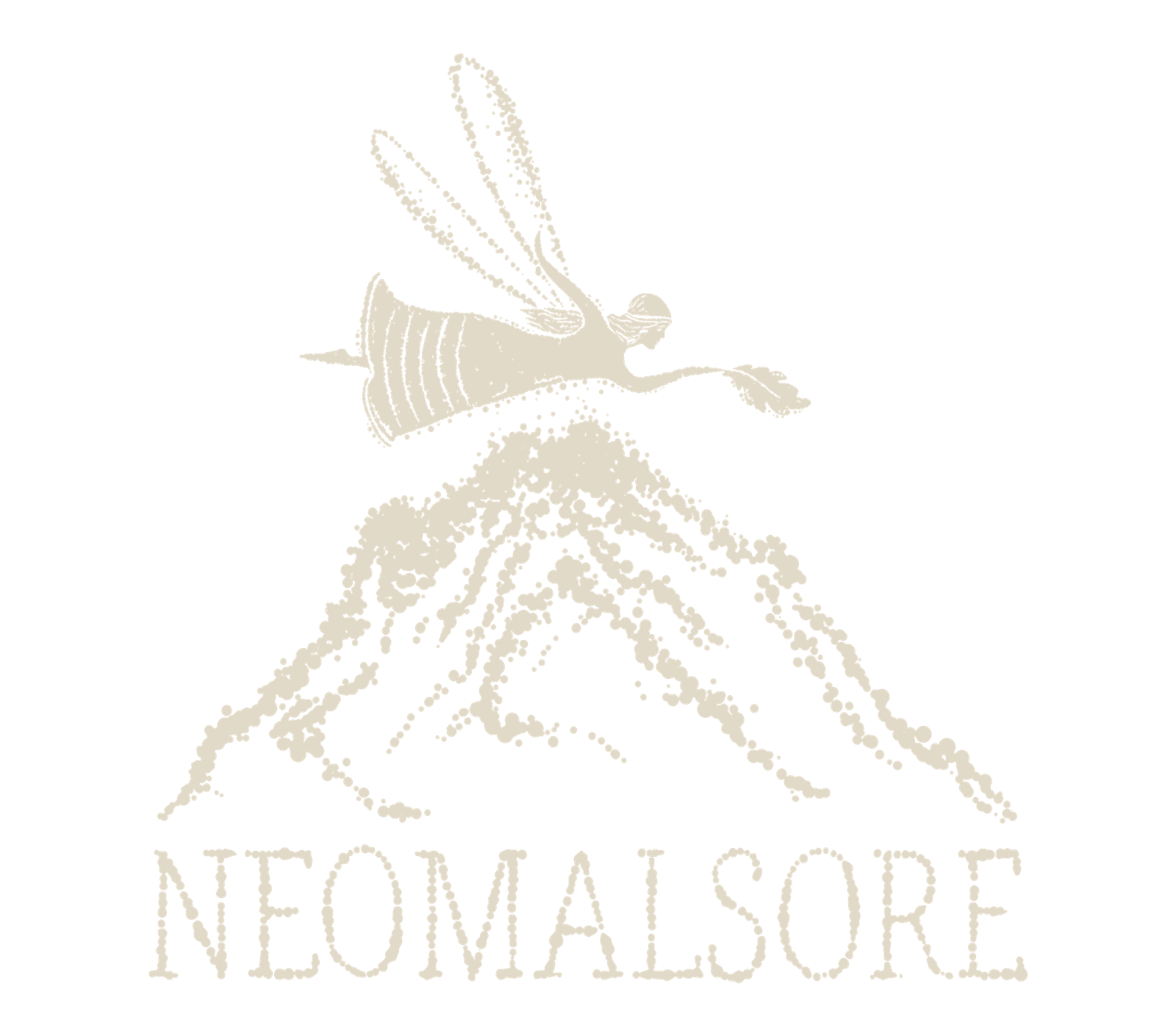For centuries, the Drini valley has been cut off from the rest of the world, as well as from the central powers in Albania and Shkoder. Locals would walk for days to reach the Shkodra market to exchange goods such as sheep wool, rakia, and wine. In return, they would obtain guns, lamp oil, salt, and later on, sugar and coffee (which was considered a luxury). Living in isolation, highlanders had to be resourceful and resilient to survive and maintain a sense of community. For centuries, up until the late 1970s, the highlanders would cross the then-wild Drini river with goat skins. They would carefully skin the goat, dry it with herbs, blow it up, and tie it, creating a small, water-resistant balloon. This was the only means of transportation in the valley, albeit archaic, it was highly sustainable.

Drini valley, 1890 from the french diplomat and writer Alexandre Degrand
Water transportation was once possible through the use of oak-made kayaks, though they were difficult to craft and carry. Despite these challenges, the highlanders persevered, becoming a resilient and proud community. One of their greatest sources of pride is their independence from outside powers, particularly the Ottomans. As a result, they have preserved their unique dialect, costumes, and traditions, making their region one of the most culturally distinct in Europe. The Xhubleta, a traditional garment worn by highland women for over 4000 years and adorned with pagan symbols of the sun, moon, cross, flora, and fauna, is an exceptional example of their preservation efforts. In fact, it was inscribed in UNESCO in 2022 as a testament to its historical and cultural significance. Although the Xhubleta is no longer worn regularly, it still remains a symbol of the highlanders’ rich heritage and resilience.
More information: https://www.blackdrin.com/destinations/drini/

